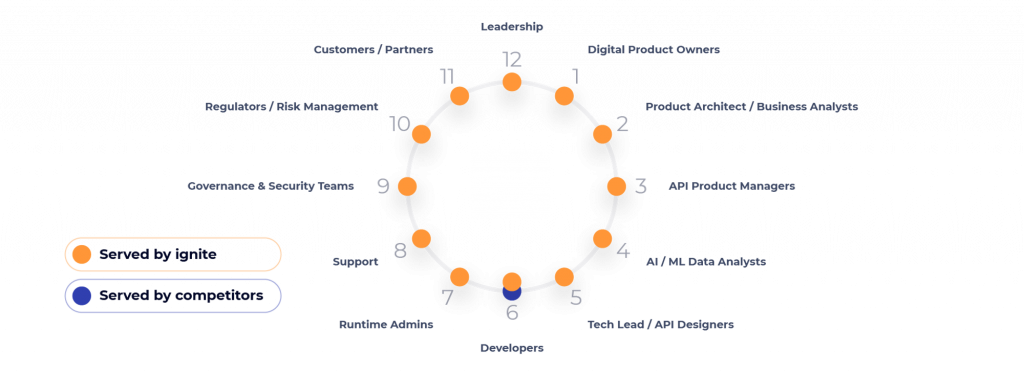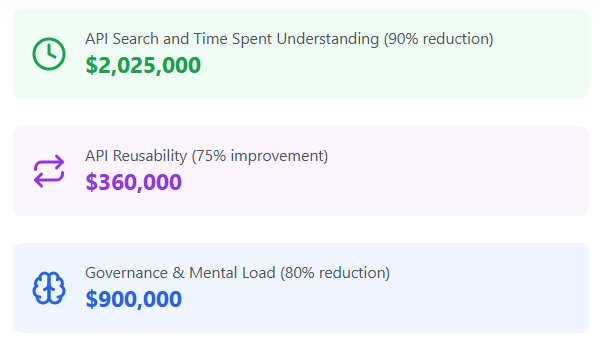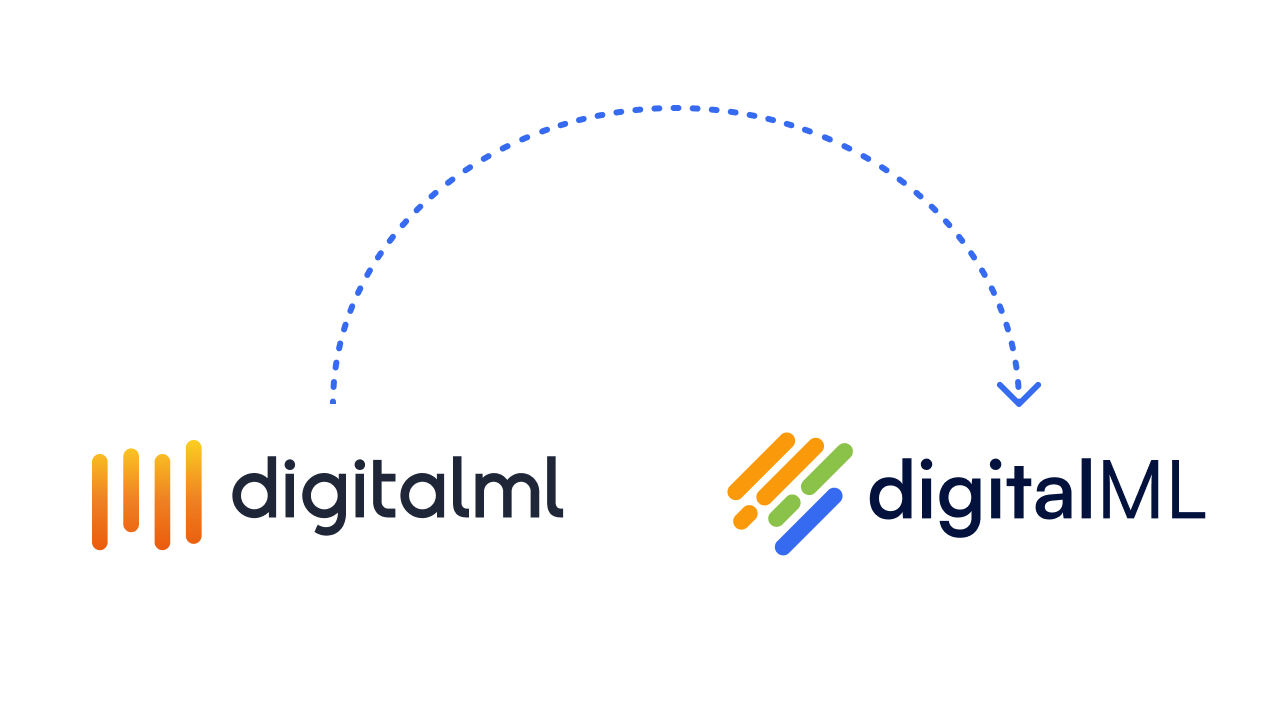Collaboration and enablement is critical for innovation and differentiation as a digital business
There’s 11 other roles (internal and external) that want to interact with your API Developers: and that’s great news for your digital enterprise
In a recent post, we discussed why collaborative innovation is the best form of innovation, and can help differentiate you as a leading digital enterprise. You need collaboration across multiple roles and expertise (business, IT, partners) to create magic. In this post, we’re going to look at enablement and collaboration across these 4 stages of the API, Service, and Events lifecycle (a key part of fostering innovation, as it’s these digital building blocks that power your products and services):
- Planning APIs/Services/Events
- Designing APIs/Services/Events
- Building APIs/Services/Events
- Running and Monitoring APIs/Services/Events
But, it’s more than API developers that need to be enabled and encouraged to participate. In fact, our work with global Fortune 500 enterprises, has helped us identify these 11 further roles that want to interact with your developers and/or APIs, so we’ll also discuss the benefits of having each role involved:

We know that for every enterprise the roles involved and activities at each API lifecycle stage are different, so we’ve detailed typical scenarios below for enablement at each stage. Book a chat with us here if your role or organization’s workflow is missing, and our innovation experts can provide best practice recommendations tailored to your use cases.
Enable Collaborative Planning of APIs, Services and Events
Typical roles involved in planning APIs: API Product Managers, Product Owners, Business Analysts
Activities at the planning stage include:
- Domain driven design
- API discovery and API product definition
- Strategic planning
- Expected vs actual KPIs
- Identify value streams
- API monetization
How to enable roles involved with API, Service & Event planning:
- Build a holistic catalog of all assets, organized and classified by business and industry taxonomies – this gives you a single source of truth of your API landscape for everyone to use.
- Provide business and technical views of your APIs – we recommend a view abstracted away from code and technical implementation for business users; easy to discover and rationalize. This ensures multiple internal and external roles can consume your APIs.
- Enable reporting and KPI tracking – including coverage analysis, lineage and dependency visualization to enable better prioritization and roadmapping.
- Mark reusable APIs as “approved for reuse” for better service candidate identification (and deem their reusability based off conformance to a governance model).
- Define new APIs and API products upfront as target-state designs – this enables your designers and developers later on in the lifecycle and ensures you have business-led APIs
Enable Collaborative Design of APIs, Services and Events
Typical roles involved in Designing APIs: Product Owners, API Designers
Activities at the design stage include:
- Defining technical details for APIs e.g. payloads, endpoints, NFRs, service data elements
- Determine new, update, bundle, reuse, migrate
- API design and specification versioning
- Change management and impact analysis
- Aligning to API governance model
- API validation and code linting
- Define and add common policies like security
- Mappings and transformations
How to enable roles involved with API, Service & Event designing:
- Reuse where possible – if properly organized and managed, APIs can be reused as is, or extended/updated with proper versioning and lineage.
- Capture and manage digital complexity – complex back-end systems behind the APIs mean there’s a lot of detail that needs to be captured
- Design APIs away from implementation-specific code. Working in OAS or equivalent means only a few skilled developers can understand your APIs and their completeness. We recommend working with an abstracted design, tied to a technical representation.
- Align to a full API governance model and enable self-service governance. It’s more than an API style guide, your APIs need to be conformant to governance, coding, data, and security standards.
Enable Collaborative Building of APIs, Services and Events
Typical roles involved in building APIs: Developers and Tech Leads
Activities at the build stage include:
- Generating implementation artifacts, code and test conditions for your APIs
- Add business logic
- Validate governance and security
- Create and deploy proxy settings
- Deploy artifacts to CI/CD pipelines
How to enable roles involved with API, Service, and Event building:
- Generate most runtime artifacts (code, contract, configuration, documentation) directly from the Design to CI/CD pipelines. This helps speed up development, ensure consistency and compliance, and allows for focus on business logic etc. (the parts which help make your APIs best-of-breed strategic assets).
- Generate proxy settings automatically too. If enough metadata is captured upfront, proxy and gateway settings can be auto-generated.
Enable Collaborative Running/Monitoring of APIs, Services and Events
Typical roles involved in running and monitoring APIs: Digital Product Owners, Runtime Admins
Activities at the stage include:
- Publish APIs/Services/Events for consumption
- Scaling API runtime environments
- DevOps
- Monitoring uptime and response time
How to enable roles involved with running and monitoring APIs/Events/Services:
- Integrate your design- and run-time solutions. Seamless bi-directional integrations must be established, so that an update to a deployed API automatically updates the API design, and vice versa.
Benefits of enabling 12 roles involved with APIs, Services, and Events
Great digital companies don’t rely solely on developers to deliver solutions. Having multiple roles enabled across the lifecycle can help differentiate you as a digital enterprise, and provide the following benefits:
- Reduced time to market for new products and services
- Consumer-centric offerings built from existing capabilities
- Business and IT alignment
- Reduced time to respond to regulator requests
- Ability to deliver and leverage APIs at scale





